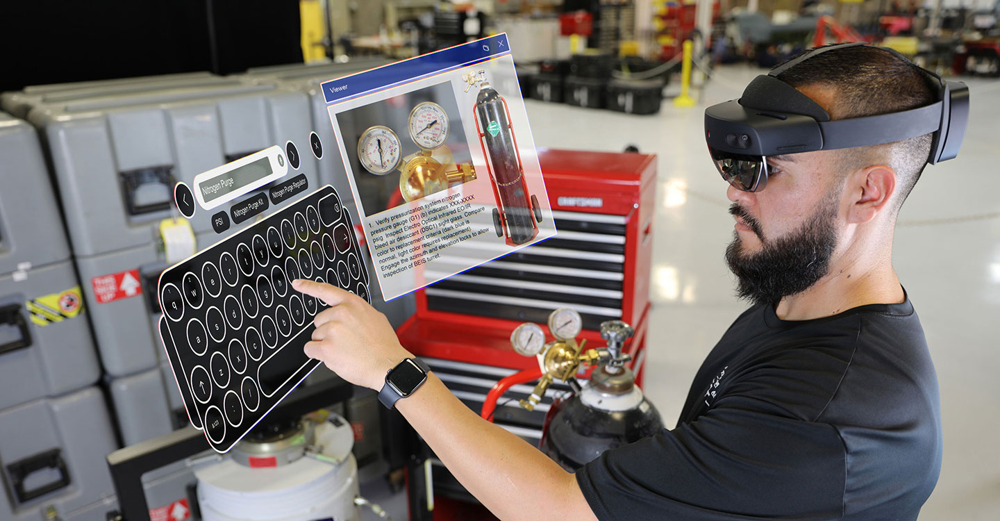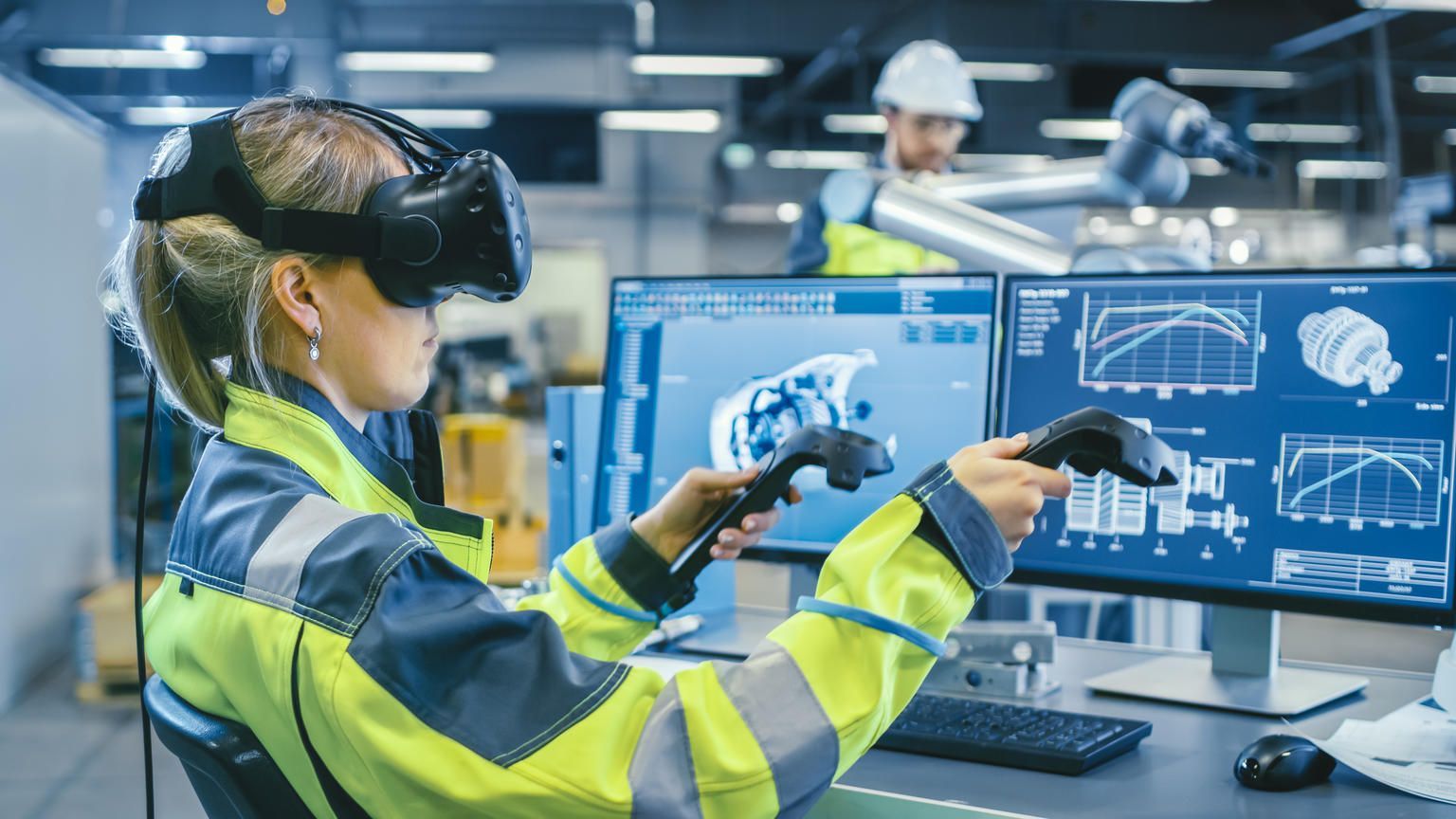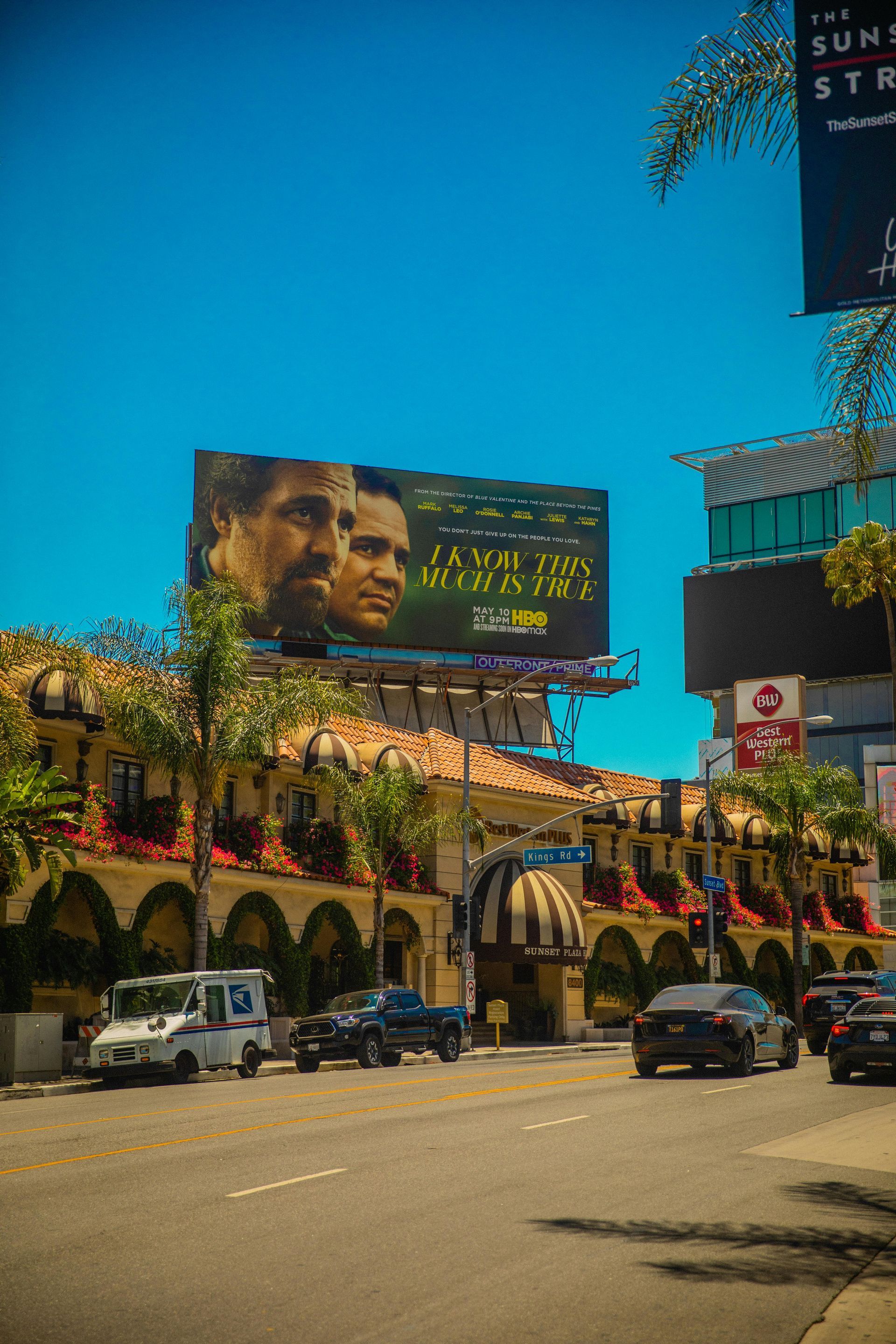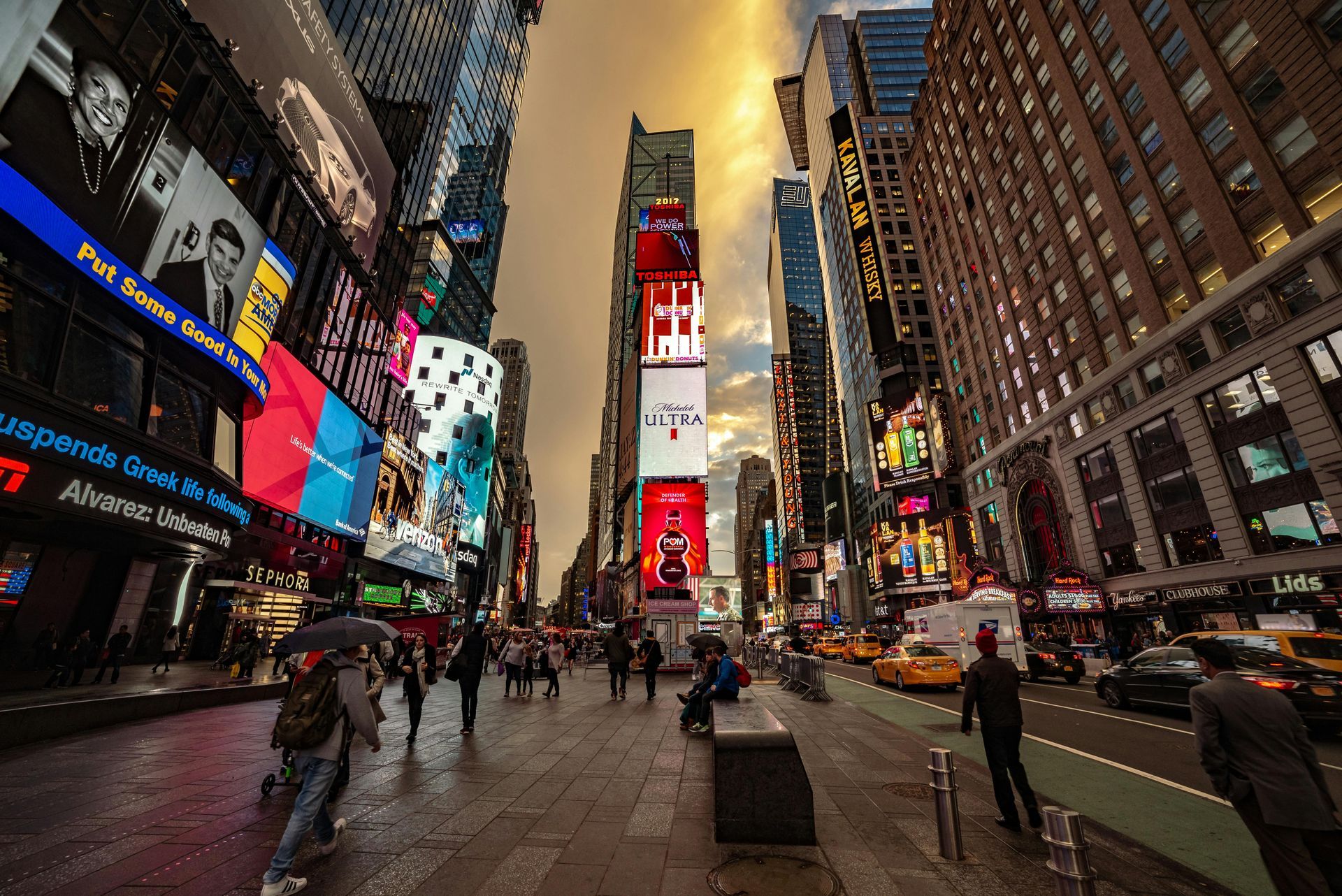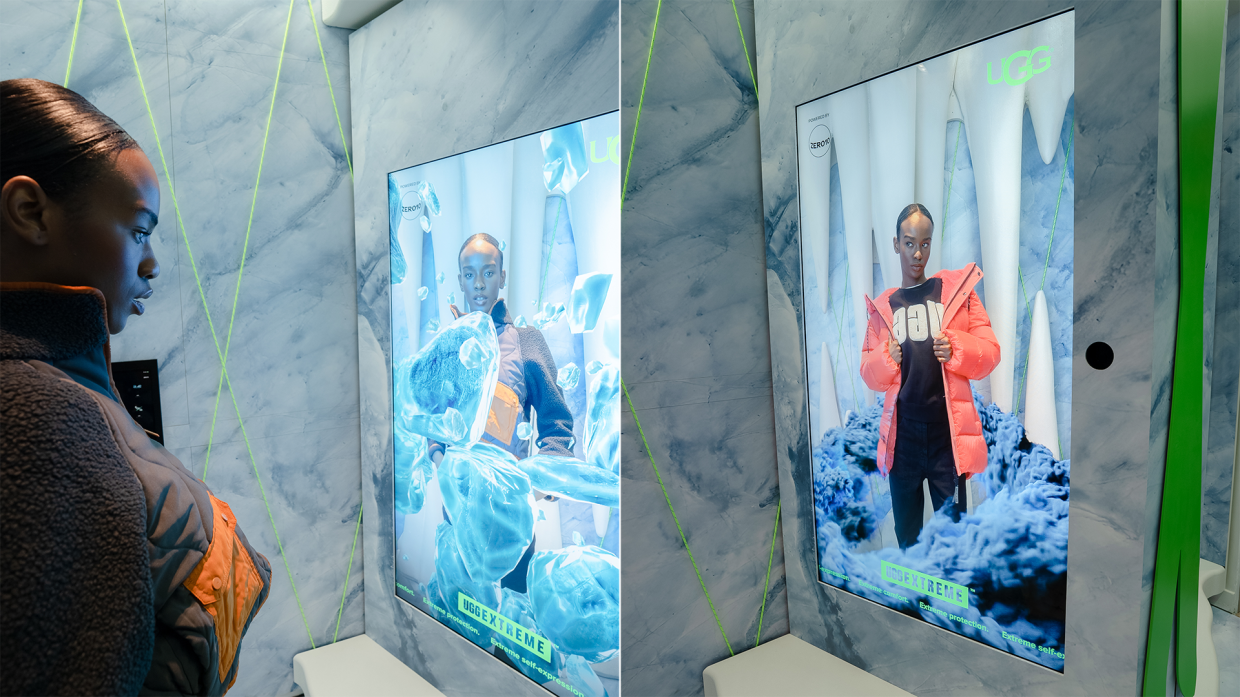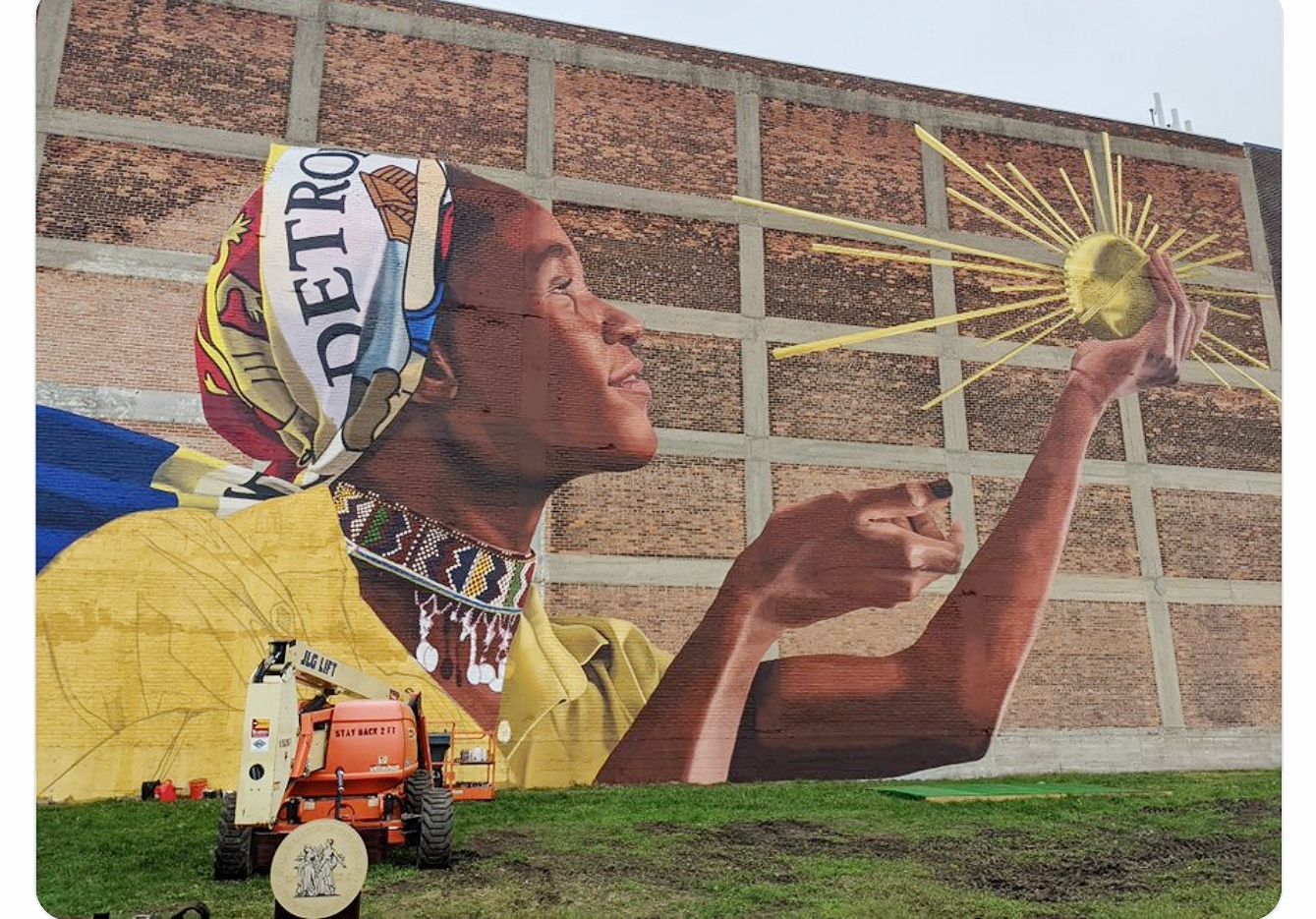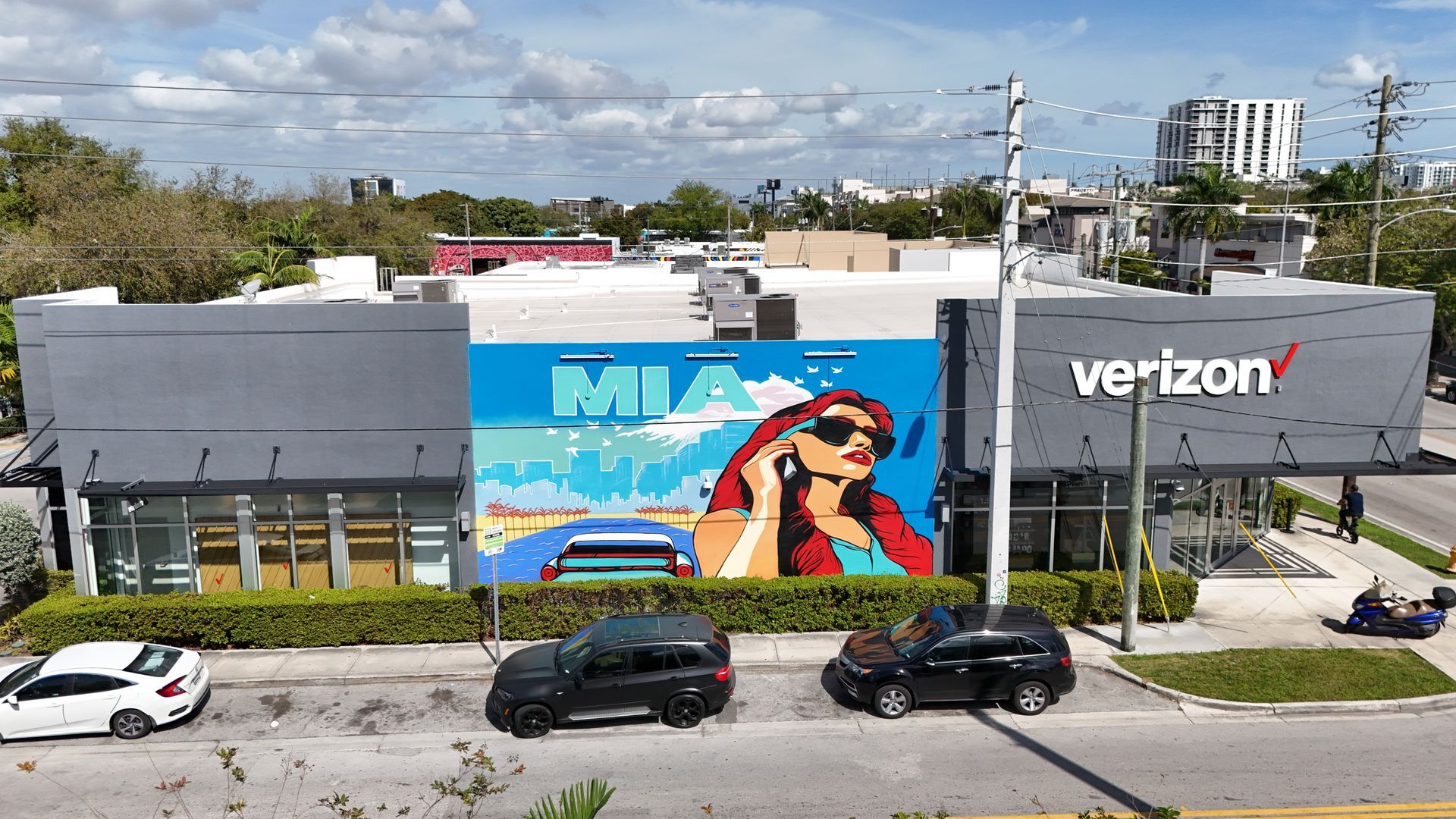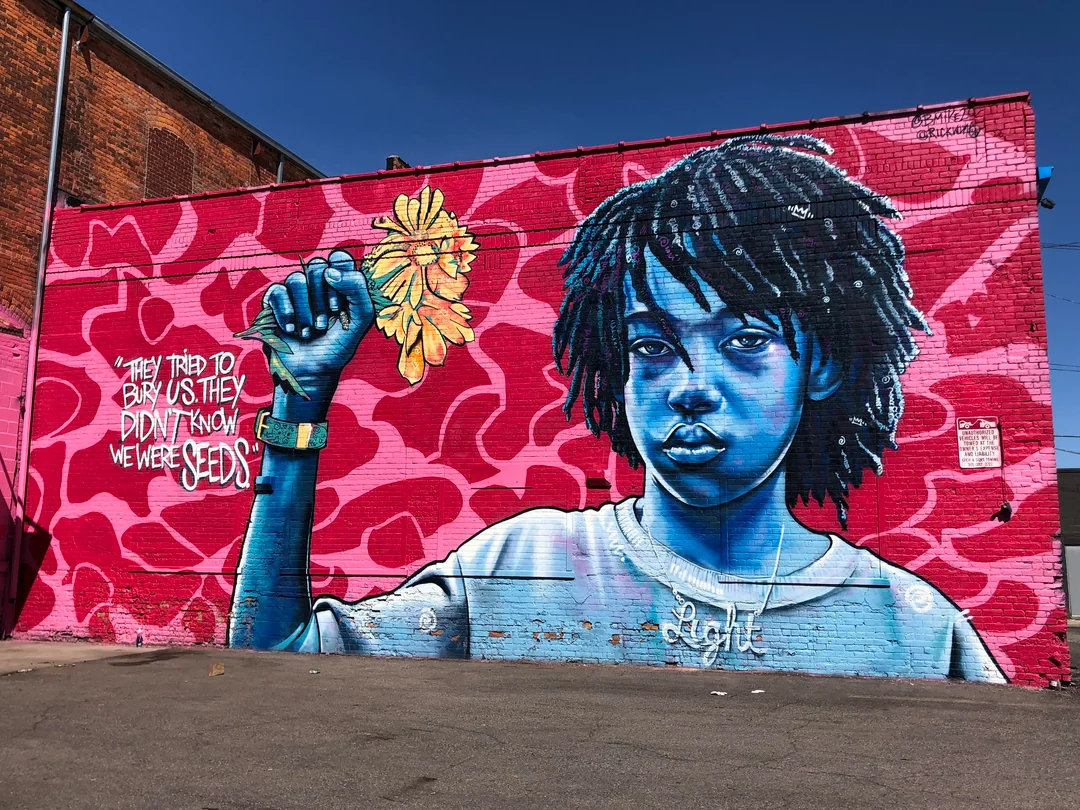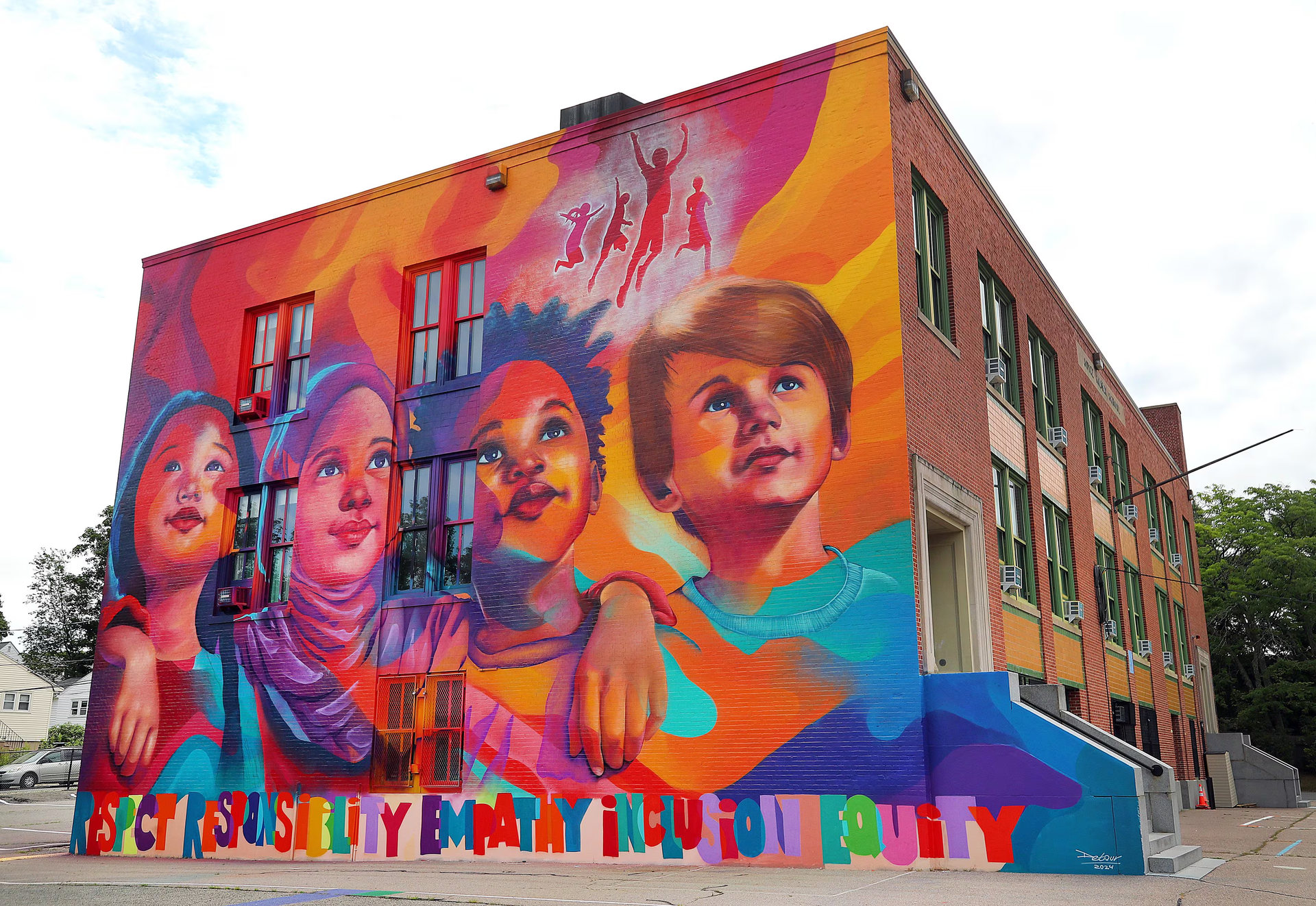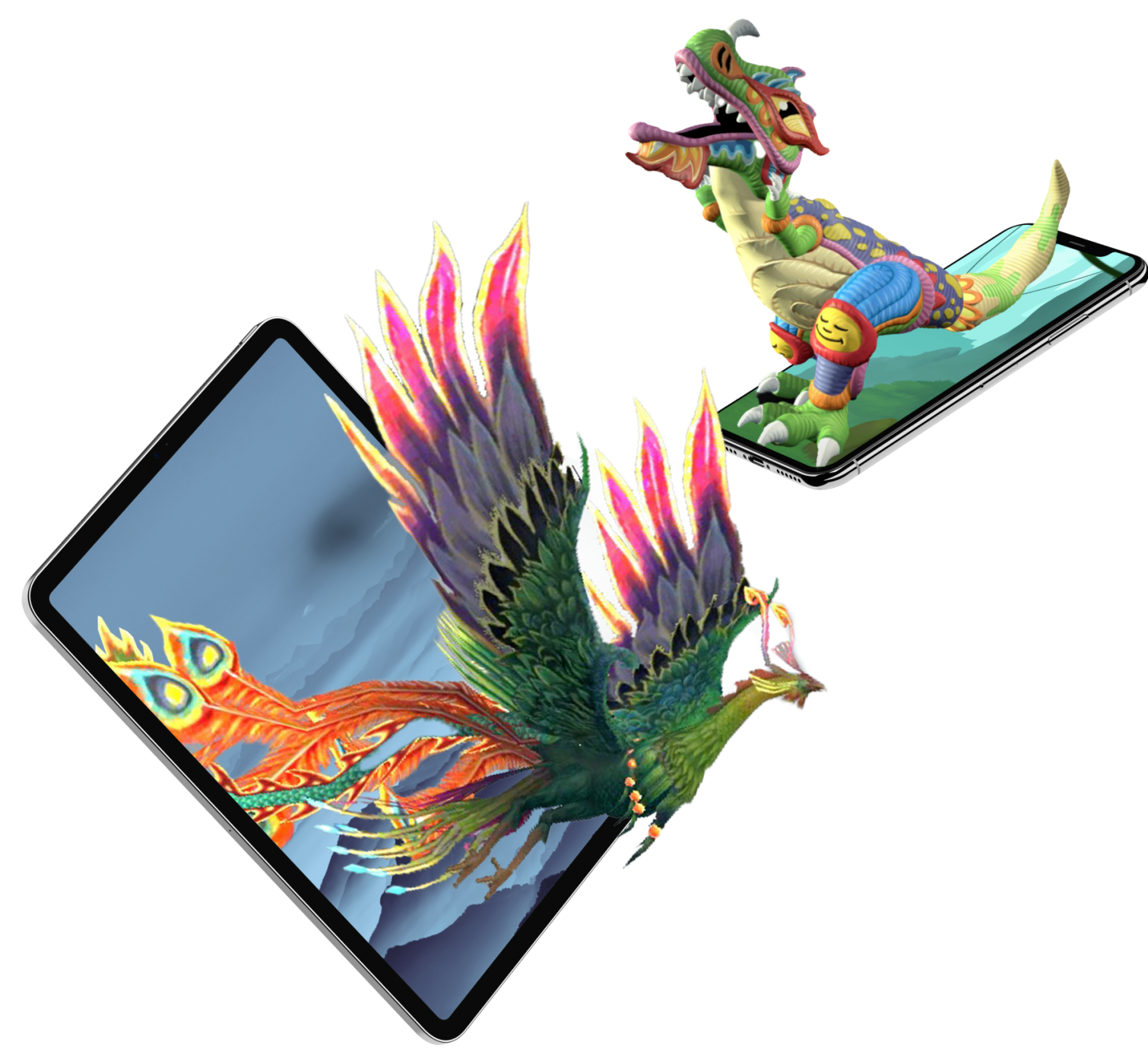Leveraging Artificial Intelligence in the Realm of Art Creation
AI Meets Artistry
The confluence of artificial intelligence (AI) and artistry is reshaping the boundaries of creativity. From intricate paintings to dynamic sculptures, AI is proving to be an indispensable tool in the modern artist's arsenal. In this guide, we'll unravel how AI is employed to generate awe-inspiring pieces of art.
Evolution of AI in Art
AI's journey in art is not recent. It started with simple pattern recognitions, leading to advanced neural networks and deep learning systems. Artists and technologists have been experimenting with these technologies, paving the way for AI to interpret and create art forms that mirror human-like creativity.
How Does AI Generate Art?
At the core of AI-generated art are neural networks, specifically Generative Adversarial Networks (GANs). These networks involve two parts: a generator, which produces images, and a discriminator, which evaluates them. Over multiple iterations, the generator refines its output, aiming to create art that the discriminator can't distinguish from human-made art.
Methods to Use AI in Art Creation
Pre-trained Models: Platforms like DeepArt or DeepDream allow users to transform their photos into art based on pre-existing styles.
Custom Training: Advanced users can train AI models with specific art styles, ensuring unique creations.
Collaborative AI: Here, artists and AI collaborate. While AI suggests patterns or structures, artists fine-tune or modify them.
Virtual Reality and AI: Combining AI with VR tools can facilitate immersive art experiences, where the art evolves based on user interaction.
Benefits and Limitations
Benefits:
- Speed: AI can produce art at unprecedented speeds, allowing for rapid prototyping.
- Novelty: With its ability to interpret vast datasets, AI can introduce novel patterns and combinations.
- Democratization: With user-friendly AI art platforms, anyone can be an artist.
Limitations:
- Emotionality: Critics argue that AI-generated art lacks the deep emotional connection of human-created pieces.
- Over-reliance: Solely depending on AI can stifle an artist's personal growth and unique voice.
Conclusion
The intersection of AI and art is a dynamic frontier, brimming with opportunities and challenges. As artists and technologists continue to push the boundaries, the canvas of possibilities keeps expanding. Whether you view AI as a tool, collaborator, or even a form of competition, there's no denying its transformative impact on the world of art.
FAQs
Q: How much does AI art software cost? There's a range. While some platforms offer free basic features, others, especially custom training tools, might be pricier.
Q: Is AI art considered 'real' art? This is subjective. Many believe that art is about the process, emotion, and intent, making AI art a controversial topic. Yet, others value the end result and see AI as just another tool.
Q: Can AI replicate any art style?
In theory, with the right training data, AI can emulate a wide variety of styles. However, certain nuances or complex emotions might be challenging to capture.
TALK TO A PRO
We're here to bring your brand to life!
Stay Connected with BrandXR
Create Augmented Reality for Free!
Create, Publish, and Measure 3D Augmented Reality Experiences Without Having to Code.

